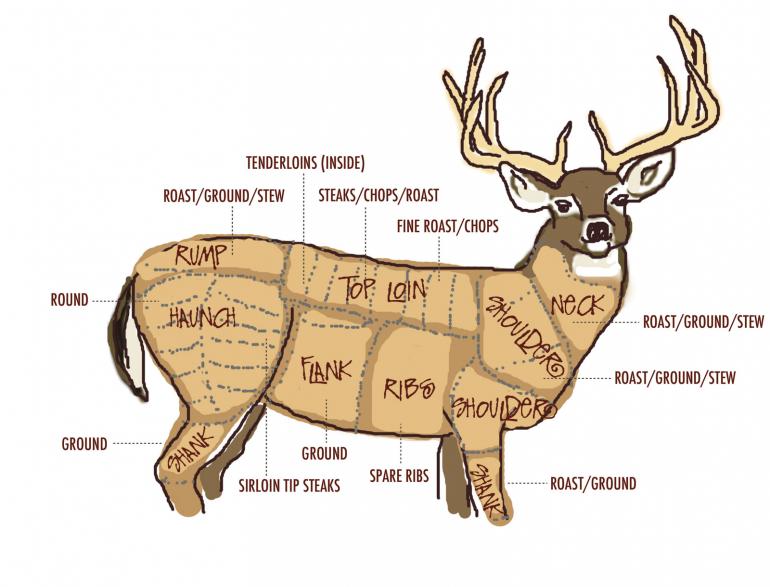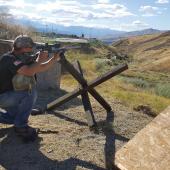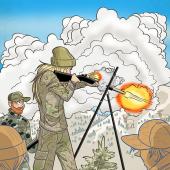A Cut Above
Butcher & breakdown of a big-game animal.
It’s been said before, but it bears repeating: the real work begins once a big-game animal hits the ground. There are several ways to field-dress an animal, but you’ll end up with the same cuts of meat regardless. Here are the major muscle groups off a Montana ungulate.
Hindquarters
The football-shaped sirloins are ideal for braising, the bottom rounds cut thinly for carne asada, and the top rounds sliced into thick steaks. Plenty of trim, too, for stew meat.
Front Quarters
The meat off front quarters can be sinewy, and is often ground into burger along with other scraps. Give the real tough stuff, down near the hoof, to the dog.
Backstraps
These long cylinders of meat are tucked away on either side of the backbone, and are commonly steaked out for grilling. A favorite cut for many hunters.
Tenderloins
Nestled into the posterior of the animal just above the gut cavity, these succulent cuts are tricky to remove but well worth the effort. Often grilled over an open fire right then and there.
Neck
If possible, pack out the neck, bone-in (you’ll need a bone saw to do this) for an excellent, tender roast. Loads of trim on this section, for sausage and burger. (Note: in areas where Chronic Wasting Disease is prevalent, leave the spine and all neck bones in the field.)
Other Cuts
The flanks, brisket, and rib meat off wild ungulates are nothing like those off their cattle counterparts. They’re thin and sinewy, and unless properly doctored are best ground into burger. When in doubt about how you’ll use a certain cut, freeze it whole to leave your options open.
Healthy Harvest—A Note on Nutrition
by Alicia Baker
When you hunt, nutrition is the first thing that comes to mind, right? Don’t roll your eyes just yet—nutrition should definitely be considered when deciding between beef steak and elk roast as you prepare Sunday-evening supper.
All meats are an excellent source of B vitamins (thiamin, riboflavin, B6, B12, and niacin), and the minerals iron, zinc, copper, and phosphorus are also plentiful. Meat also generally contains between 100-130 grams of protein per pound.
But nutritional differences among meats begin to appear when it comes to fat content and the animals’ diet. Wild game has not been raised on growth hormones, antibiotics, or steroids, nor has it been fed grain on a corporate farm, making it a much more natural and healthier choice. For store-bought options, the fat content varies widely according to the grade of meat and its cut. Because studies show that diets high in saturated fat (which is fat from animals) have detrimental effects, leaner meats including elk, deer, antelope, bison, and duck are also gaining popularity as healthier alternatives to beef.
Moist-heat preparation (including braising, simmering, stewing, and steaming) and dry-heat preparation (including roasting, broiling, and grilling) are excellent ways to prepare wild game. Limit charbroiling and deep-frying, though. Charbroiling increases the formation of cancer-causing compounds, and deep-frying contributes calories and trans fats, which increase the risk for developing diabetes and heart disease. On the whole, though, it’s tough to go wrong with wild game.













